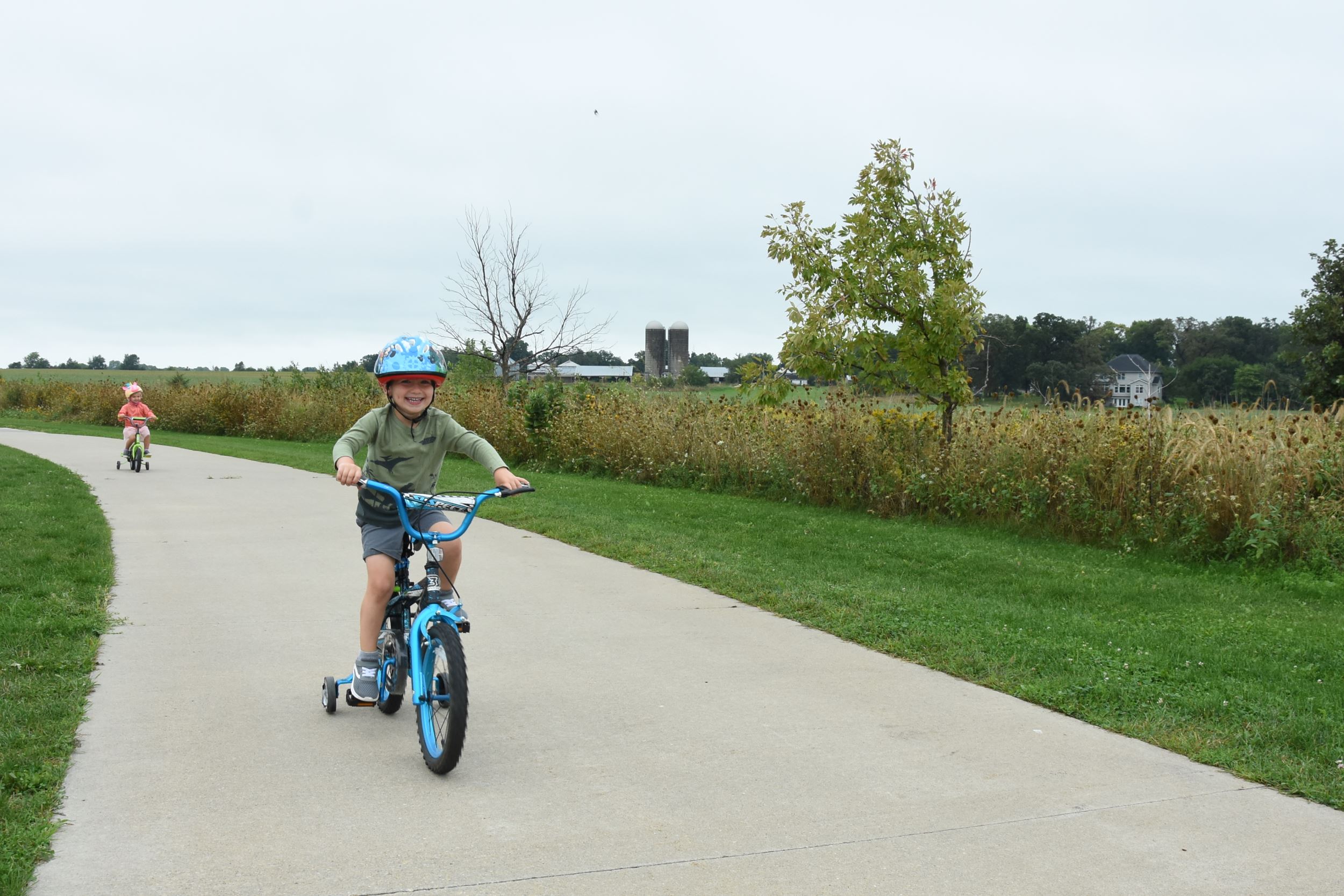Leaders & listening
Organizing a steering committee
The key to a successful project is to have involvement from non-profits, public agencies and local volunteers, including representation from each town and county the trail passes through. Think of them as a three-legged stool where each leg is vital to the balance and success of the stool.
Create a central team of trail champions who can coordinate more effectively and give people a singular point of contact. When only one person (or small group) is answering questions, it’s easier to share unified and consistent information.
The next step is determining how this steering committee will operate and make decisions. Things to consider include frequency of meetings, voting processes, public input and individual tasks. Making individual members responsible for specific tasks aims to ensure long-term engagement while optimizing everyone’s efforts.
Some tasks will be better accomplished with a dedicated subcommittee while others may be better handled by an individual. That will be something the steering committee will have to determine, but tasks to consider include: fundraising, public relations, acting government liaisons, managing volunteers, analyzing the technical details, research, etc.
A note: When all is said and done, someone will need to be responsible for the ongoing ownership and maintenance of a trail, often a local agency. Whether or not that agency is in possession and control from the beginning, the agency should also have a representative involved in the steering committee for familiarity’s sake.

Photo by Marlen Kemmet
Responding to community concerns
Introducing a trail might spur some questions among the community. Most of the time, this comes from individuals who are apprehensive about how the trail will affect one of three primary issues: property value, liability or trespassing. Everyone will have their own take on how a trail might impact them. It will be the responsibility of the steering committee to work together to address any concerns. Here are some tips on how to approach those conversations:
Listen. Each issue is going to feel fresh and personal to those voicing concern. Be patient, receptive and hear them out before responding. It is important to listen to their concerns and understand their personal perspective.
Create an open dialogue early on. Spread the message by having personal conversations, especially with landowners bordering the proposed trail. Put a face on the project and foster positive relationships.
Whenever possible, build a relationship that goes beyond the trail. It is easier to have a productive conversation when there is a sense of familiarity and trust.
Ask questions. Where would the community like to see points of access? Where would they like to stop along the trail? Are there any natural or cultural treasures that should be showcased along the way?
Do not immediately discredit opposition. Remember that it often comes from equally concerned community members. Finding common ground, rather than escalating the argument, will create a better community atmosphere and may even invite more users onto the trail.
Checklist
-
Name a goal
-
Find supporting reasons
-
Identify community actors
-
Formalize a steering committee
-
Create community dialogue & build relationships